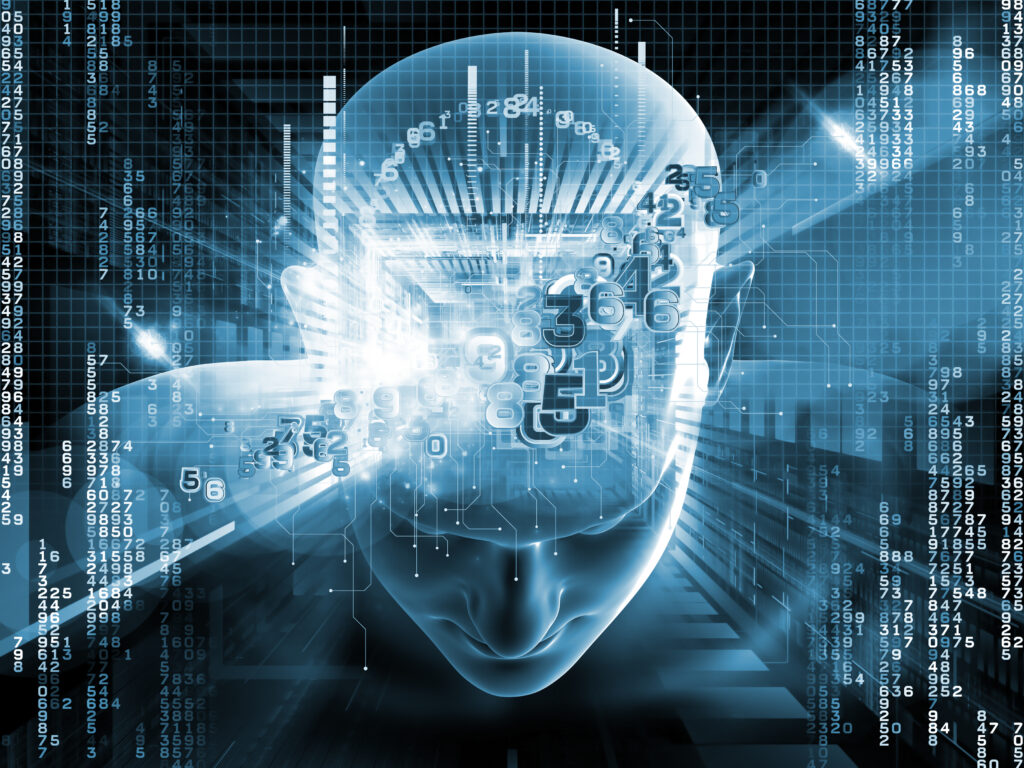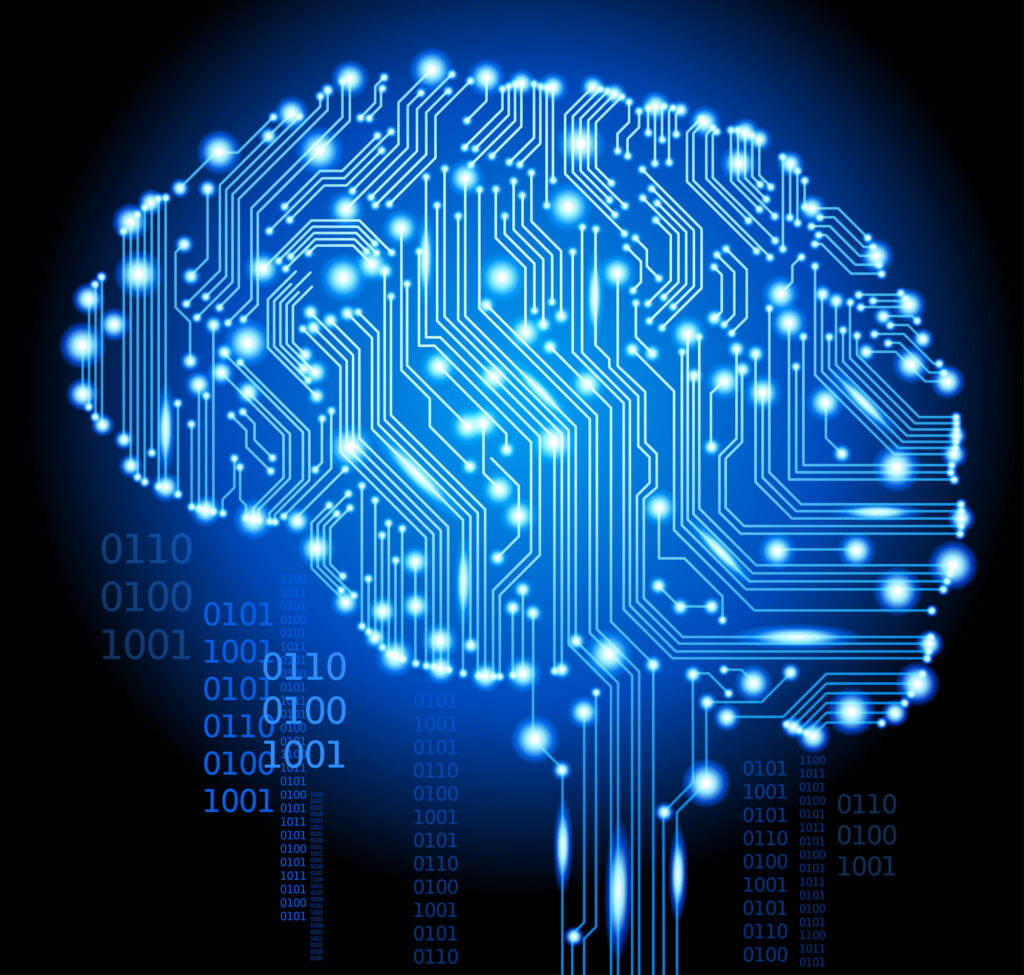What is generative AI? What you need to understand and what it means for the developers. You’ve probably heard about generative artificial intelligence (AI) tools such as ChatGPT. These tools are gaining popularity because they enable anyone to create anything from code functions to email subject lines in just a few minutes.
It is important to know what generative AI is, who uses it, and how it works. This article will explore generative AI, its workings, real-world applications, and how it is already changing how people (and developers work).
What is generative AI (generative artificial intelligence)?
In a broad sense, generative AI is a group of AI tools and models that are designed to generate new content such as code, text, images, video, or music. Generative AI uses a variety of techniques–including neural networks and deep learning algorithms–to identify patterns and generate new outcomes based on them. Many organizations and individuals (such as software developers and engineers) are turning to generative AI to help them create code, images, and other content.

What are the applications of generative AI?
You might have heard about new generative AI applications like ChatGPT and Bing. But generative AI is more than just one framework, project, or application.
Traditional AI systems can identify patterns in large data sets and perform specific tasks to help individuals and organizations. Generative AI takes it a step further, using complex models and systems to create new outputs, such as images, texts, or audio, based on natural-language prompts.
For example, models and applications based on generative AI can be used to:
- Text generation. Since the 1970s, text generation has been a field of AI development. But more recently, AI researchers have been able to train generative adversarial networks (GANs), to produce a text which mimics human speech. OpenAI’s ChatGPT is a prime example. It has been trained using thousands of texts, articles, books, and code repositories.
Text generation using ChatGPT
- Image generation. The use of generative AI models to create images from natural language prompts is one of the most popular tools and applications. Text-to-image creation is aimed at creating an image that accurately reflects the prompt. When we send the text “Impressionist style oil painting Shiba Inu giving a Tarot Card Reading” to, the popular AI image creator DALL-E2, we get this (and it is a gem).
A Shiba Inu Shiba dog reading a Tarot card using an AI-generated image taken from DALL-E 2.
- Video generation. Stable Diffusion is a generative AI model that creates new videos by applying styles to existing videos. This can be done through text prompts or images. One project, stable-diffusion-videos, offers helpful examples and tips on how to create music videos and videos that can morph between text prompts with Stable Diffusion.
- Programming code generation. Instead of searching the web or developer communities for code examples, generative AI can be used as a tool to generate new code using natural language prompts. It can also help complete incomplete code with suggestions or translate code between programming languages. Copilot is a simple tool that offers code suggestions directly from the developer’s editor. It uses OpenAI’sCodex to provide code suggestions. As with any other software development tool you use, you should review the generated code before merging it into production.
- Data generation. Another common application of generative AI is to create new data, also known as synthetic datasets. It involves creating new samples of an existing dataset to improve machine learning models that are trained on it. This is done while maintaining privacy, as real user data will not be used to power the models. Synthetic data creation is a great way to generate useful and meaningful data that can be used for more than just machine learning training. For example, several companies such as Cruise use AI-generated synthetic datasets to train perception systems to prepare their vehicles for real-world situations when they are operating.
- Language Translation. Language translations are increasingly being provided on the fly using generative AI and natural-language understanding models. These tools can help businesses break down language barriers, and improve their accessibility to customers by providing support or documentation in the native language. Generative AI can understand the context of source texts and construct sentences in a different language using complex deep-learning algorithms. This can be applied to other coding languages as well, such as translating a function from Python into Java.
The bottom line: Although generative AI technology is relatively new, it has already been used in business and consumer applications. Both the number of applications and use cases will continue to evolve to meet specific needs.

How does AI work?
The models that use generative AI work by using neural networks to identify patterns in large datasets, and then create new data or original content.
What are neural networks? They are interconnected nodes inspired by the neurons of the human brain. These networks form the basis of deep learning and machine learning models that use complex algorithms to process large quantities of data, such as images, text, code, or other types of data. The weights and parameters of the neural network connections are adjusted to minimize the difference in predicted and desired outcomes. This allows the network to learn from its mistakes and make better predictions.
What is the difference between AI and machine learning?
Machine learning, which falls under AI, uses complex algorithms to identify patterns in data and learn. AI is the creation of computer applications and models that mimic human intelligence.
Algorithms form a critical part of machine learning and generative AI. Algorithms are used not only to help machines learn from input data but also to optimize output accuracy and make recommendations based on the data.
Although algorithms automate these processes to some extent, the building of a generative AI is complex because it requires a large amount of data as well as a lot more computing power. These models require large datasets, which can be expensive and time-consuming to generate.
These models are complex, and that is a fact. Do you need proof? Need proof? Here are some examples of generative AI models.
- Large Language Models (LLM) LLMs are machine learning models that generate and process natural language text. The availability of huge amounts of text, including books, websites, and social media posts, has made it possible to develop large language models. These data can be used for training models capable of predicting or generating natural language in various contexts. Large language models can be used in a variety of practical applications such as chatbots or text generators like ChatGPT.
- Generative Adversarial Networks (GANs) GANs are among the most popular models of generative AI. They use two different neural networks. GANs are made up of two types of neural networks – a generator network and a discriminator network. The generator network creates new data such as audio or images from a noise signal. Meanwhile, the discriminator is taught to differentiate between the real data in the training set and the data generated by the generator.
During training, a generator will try to generate data that the discriminator network can mistakenly believe is real. The “adversarial process” will continue until data generated by the generator is completely indistinguishable from the real data from the training set. This process allows both networks to improve their performance at their tasks, resulting in higher quality and more realistic generated data.
Diagram illustrating the workings of a generative antagonistic network. Image [CC BY-SA 4.0](https://creativecommons.org/licenses/by-sa/4.0/deed.en) had-hHvSHb on Wikipedia
- Models based on transformers: The neural networks of a transformer-based model learn context and meaning by tracking relationships between sequential data. This means that these models are very good at tasks such as machine translation, language modeling, and answering queries. These models are used in popular language modeling, like GPT-4. They have also been adapted to other tasks that require the modeling and analysis of sequential data.
- Variational Autoencoder Models (VAEs). These models work with two neural networks, encoders, and decoders. VAEs can compress a lot of data into a small representation that can then be used to generate new data similar to the original. VAEs are used for image, audio, and video generation. Here’s an interesting fact: You can train a VAE using datasets such as CelebA which contain over 200,000 pictures of celebrities to create new portraits that do not exist.

Applications of generative AI in the real world
It’s early days for generative AI, but its impact is already becoming evident. We’re seeing an increase in open-source projects, applications, and products that use generative AI to help people and organizations achieve their goals.
Although generative AI is still evolving, there are already some real-world applications. Here are a few examples:
Coding
Both new and experienced developers can use generative AI for their coding process. The generative AI tools can automate repetitive tasks like testing and can even create new code. AI-powered pair program, Copilot uses generative AI to give developers code suggestions.
Accessibility
The potential of Generative AI to improve accessibility and impact for people with disabilities is huge. This can be achieved through various modalities such as text-to-speech audio generation or assistive technology. One of the most exciting features of our Copilot is its voice-activated functionality. allows developers who have difficulty using a keyboard, to code with their voice. These tools, which harness the power of generative AI to create new technology, are helping to make it more accessible and inclusive.
Open-source software and generative AI
Since its inception, open source has been a driving force behind software development. Now it is also influencing the future of AI. Many AI applications are powered by open-source frameworks like PyTorch or TensorFlow. Some AI models created with these frameworks have also been made public. It’s not surprising that a lot of these projects are being carried out. Take, for instance, the Stable Diffusion Model. Open-source communities developed libraries, frameworks, and tools that allowed developers to create, experiment, and collaborate on generative AI models without the usual financial barriers. It has also helped to democratize AI, as it is now accessible to small businesses and individuals who may not have the resources necessary to create their proprietary models.

Gamer
Generative AI (get it?) can bring gaming to the next level. Generating new characters, stories, design elements, and more. As an example, the developer of This Girl Does Not Exist has stated that the entire game–from its storyline to its art, and even its music–was created by AI. The use of generative artificial intelligence can allow gaming studios to create new content that is exciting for users without adding to the workload of developers.
Web design
Designers can use generative AI to automate design processes and save time and resources. This allows for an efficient and streamlined workflow. Incorporating these tools into the design process can also lead to highly customized logos and designs, which will enhance the user’s experience with the website or app. AI-based tools can be used for more difficult tasks, like creating layouts and designs that are compatible across all devices. designers, for example, can use tools such as designs.ai to generate banners, logos, or mockups for their websites.
Web Search
Microsoft and other players in the industry are increasingly using generative AI models to create personalized search experiences. This includes query extension, which generates relevant keywords to reduce the number of searches. Instead of the search engine returning links, generative AI helps these new and improved models to return search results as natural language responses. Bing includes AI-powered features, in partnership with OpenAI. These answer complicated questions and allow the user to ask further questions in a chatbox to refine their responses.
Health Insurance
There is growing interested in the potential applications of AI generative in healthcare to improve disease detection, diagnosis, medical research and accelerate progress in pharmaceuticals. The potential of generative AI is to use large data sets to simulate the chemical structure and predict which compounds are most likely to be effective in new drug discovery. NVIDIA Clara, for example, is a generative AI designed specifically for medical imaging and research. Gartner estimates that by 2025, generative AI models will discover more than 30% of new pharmaceuticals and materials.
Marketing and advertising
Content is king in marketing. Generative AI makes it easier to create large quantities of content quickly. Many companies, agencies, and creators already use generative AI to create images and write captions, or product descriptions for social media posts. They also use it to write blog posts, subject lines of emails, or even email subject lines. Generative AI tools can help personalize advertising experiences for companies by quickly creating engaging, custom content. Writers and marketers can use tools such as Jasper for generating copy, surfer SEO for optimizing organic search, or albert.ai for personalizing digital advertising content.
Art and Design
We’ve seen that the power of artificial intelligence can be harnessed to create incredible portraits within a few moments. (Re: the future-telling Shiba). These AI tools are used by designers and artists alike as a source of inspiration. For example, architects and artists alike can use AI to create 3D models for objects or environments. Need proof? Designers have already started using AI image generators such as Microsoft Designer and Midjourney to create high-quality pictures by typing in Discord commands.
Financial Services
Michael Schrage, a researcher at the MIT Sloan School Initiative on the Digital Economy and a participant in a discussion on tech trends and their impact on the finance sector said: “I think we’ll be seeing generative AI increasingly used for financial forecasts, scenario generation, and fraud detection.” Generative AI can analyze large data sets to detect fraud, manage risk, and inform decision-making. This has obvious applications for the financial services sector.
Manufacturers
Manufacturers are turning to generative AI to assist with product design, quality assurance, and predictive maintenance. Generative AI can use historical data to predict machine failures and assist manufacturers with maintenance planning. According to a Capgemini study, more than 50% of European manufacturers have implemented AI solutions. However, so far these solutions are not generative AI. The reason for this is that machines are better able to process manufacturing data at a faster rate than humans.
AI is a partner. Generative AI tools and models are focused and best used to generate content, code, and images. In our research we found that Copilot can help developers code up to 55% faster. highlights how generative AI tools and models can boost overall productivity. These metrics show that generative AI is already changing the way people and teams work. They also highlight how these tools complement human efforts.
Obstacles in building generative AI models
There are two main challenges that any organization will face when building or implementing generative AI models.
Computing power and data quality/quantity. The computational resources required for generative AI are large, as well as powerful GPUs and large amounts of memory. The hardware required to create in-house AI solutions is expensive.
To train generative AI models and create accurate outputs, large quantities of high-quality input data are also required. If training data is biased or incomplete, the models may generate inaccurate content (that’s why generative AI design tools have a particularly hard time recreating

Take this with You
Generative AI helps us solve complex issues quickly, whether it’s for creating visual assets to be used in an advertising campaign or for enhancing medical images that can help diagnose disease. The emergence of AI-based generative programming tools has revolutionized how developers write code.
We know developers are looking for ways to create software faster. Tools like Copilot help them access large datasets and increase productivity. 96% of developers who were surveyed said that they spent less time on repetitive work using Copilot. This allowed 74% to focus on rewarding work.
These models aren’t yet perfect, but they’re improving by the minute. This creates an exciting future for developers as well as generative AI.